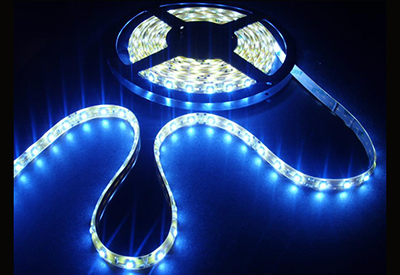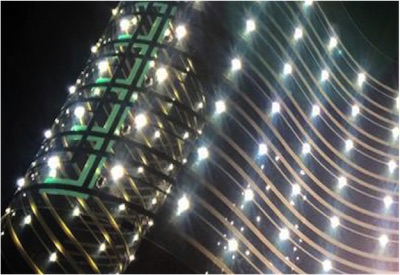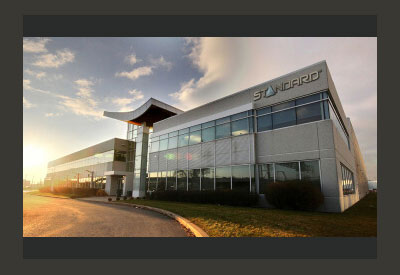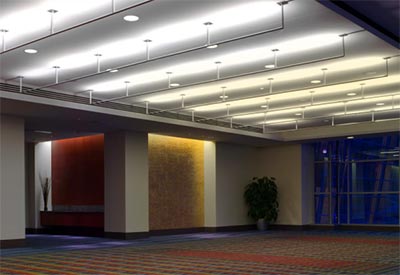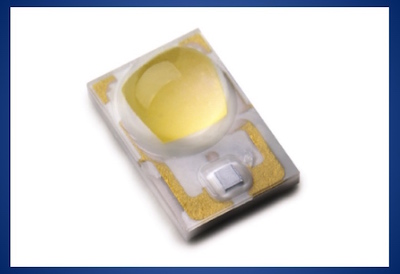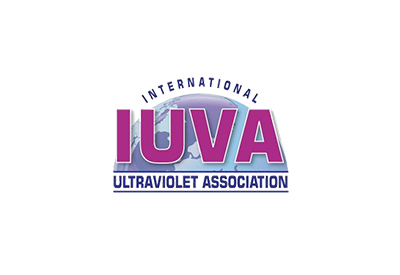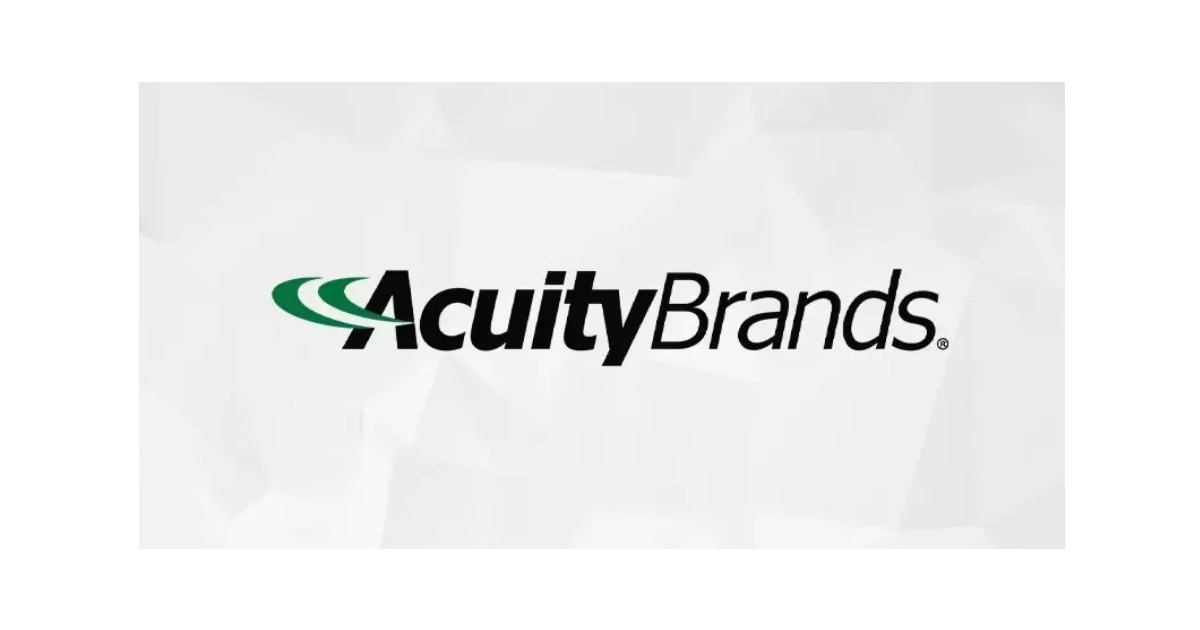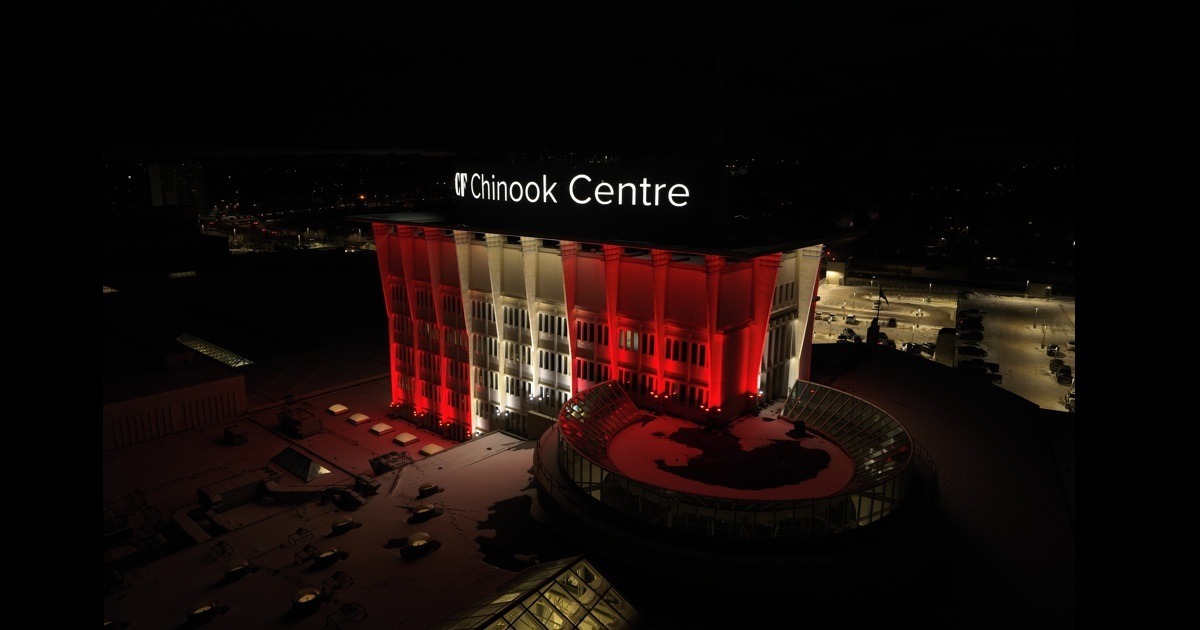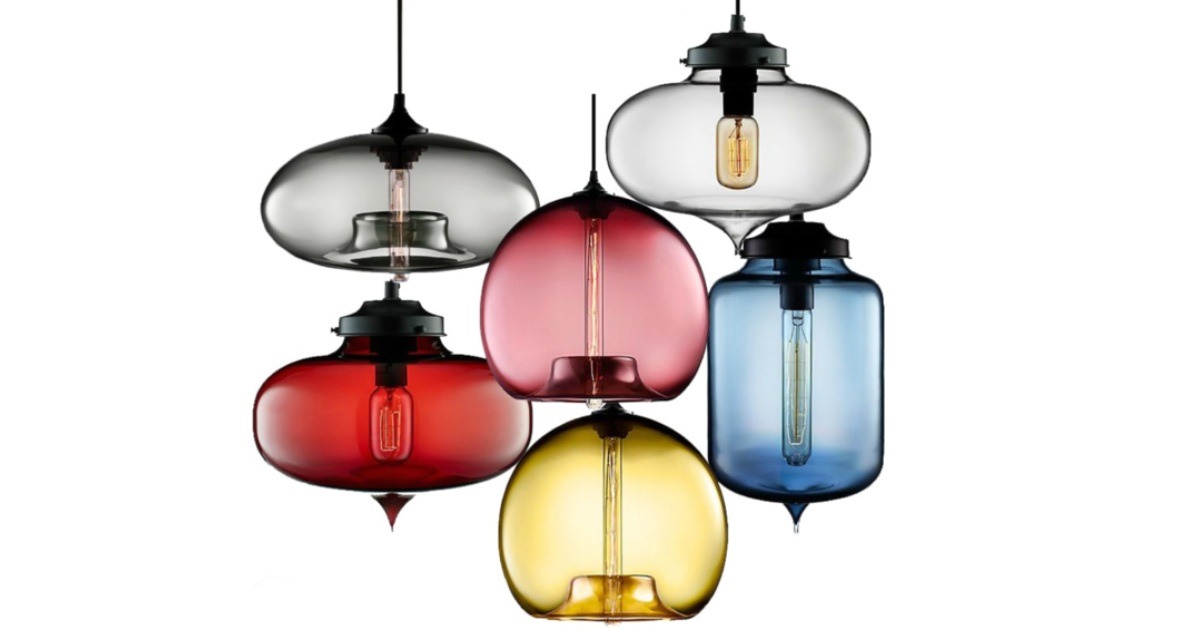IIoT Talks: Navigant’s Noah Goldstein and Lighting as a Service, Part 1
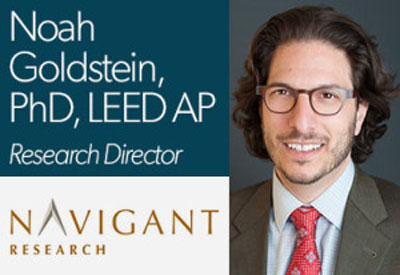
Noah Goldstein, a research director at Navigant Research*, talks with Echalon about some drivers for LED lighting, the emergence of lighting as a service, and the prospects for Internet of Things (IoT) convergence. The discussion took part at Lightfair International. Part 2 covers the role of lighting in both smart building and smart city applications.
Echalon: You recently attended and spoke on a panel at Lightfair International, the big lighting industry conference. What were some of your impressions coming out of that event?
This was the first time I attended Lightfair, and I expected everything to be focused very specifically on lighting. But I was impressed with how the technology conversations really moved beyond the basics very quickly. People were talking more about controls and light tuning and about how lighting provides a service as opposed to the fixation on, ‘This is a light bulb.’ In other words, it’s clear that it’s not about the bulb any more.
Echalon: What do you think is the cause of that shift?
I think that LEDs have helped the conversation graduate to thinking about colour and light and tuned lighting in a really incredible way that is exciting to see. Lighting is rapidly changing into the services that lighting provides as opposed to simply just selling light bulbs. You could say that the illumination function of lighting is becoming separate from, or just one aspect of, the overall service function of lighting.
Part of the reason for the shift is that LED technology has gotten cheap enough. Plus, the software and communications technology around lighting has also gotten more flexible, so you can incorporate new control platforms that weren’t possible before.
Then, working in complementary fashion with the technology advances are the regulatory changes. Regulation provides an important background, in that it’s hard to even find a classic incandescent bulb these days simply because of the laws. They’re really getting phased out.
Echalon: We typically hear about the energy efficiency and cost advantages of LEDs and their lighting control systems. What are some other advantages that people might not be thinking about so often?
Light pollution is coming to the fore as an important concept for outdoor lighting. Light pollution actually marries very well with energy and cost savings. In other words, if you install embedded lighting controls and LEDs into an outdoor lighting system, you not only have better control over things including how much light you’re casting on your neighbours, but you also end up spending less money.
That’s because the most expensive part of managing outdoor lights isn’t the light. It’s the labour associated with maintaining the lights. With LEDs lasting longer and providing better control, you can get more returns beyond simply lowering your energy bill.
Echalon: You’ve touched on the importance of lighting controls in reaping the full benefits of LED lighting systems. Where do you see the adoption curve for lighting controls?
Integrated controls is happening now. There are many paths to adoption. Right now, the early adopters are seeing the benefits. I think that in the next 10 years there’s going to be a lot more adoption of integrated controls because the drivers for it — meaning cost advantages, energy efficiency, regulations, and so on — are not going to stop. But the technology will have to get easier to use and easier to interact with. That’s happening, but it’s still a work in progress.
I think the next five years are going to be kind of a confusing transition landscape. Then the second five years will see accelerated adoption.
Echalon: How do you see the lighting trends dovetailing with the Internet of Things, and the need for convergence of information technology (IT) with operational technology (OT)?
There are a few leaders in lighting, like Echelon, who have jumped in with both feet in that they have jumped in with both feet on the IT side of the IoT. They recognize that the lighting industry is now about controlling and monitoring. It’s not about light bulbs any more. And that what that entails is not simply providing equipment that can be used for monitoring lighting, but also focusing on how the ecosystem can evolve and develop.
Echalon: What are some of the issues of importance around that ecosystem level?
First of all, embracing and understanding the ecosystem is key. One of the big challenges for the IoT ecosystem is tied to the workforce and to perceptions.
The people who are buying these systems have traditionally been facilities managers. They’re not accustomed to thinking about things like networking technologies. They have to be convinced that IoT-enabled devices are better, that they’ll provide better services for their facilities. A facility manager doing a retrofit often needs additional convincing of those advantages.
So it’s largely an outreach issue. This isn’t just Echelon’s problem, by the way. It’s everyone’s problem who is trying to work on this transition from standard siloed controls to integrated controls.
Echalon: What can be done to address these ecosystem challenges?
One thing is to focus on making these systems as easy to use and as cross-compatible as possible. The goal should be plug-and-play operation, just like you can go to a friend’s house and use their printer, and it’s a printer brand your computer has never encountered before, and it works with no problem.
At a broader level, some of the resistance will take care of itself as part of a generational shift. Something like 50% of the people who are managing facilities today will reach retirement age in the next 10 years. The people who are coming into the job market now for facilities management all have smartphones. Everything has an app now. If everything has an app, then why can’t you control everything in your facilities with an app? Especially if you’re someone who has to move around a large facility or between facilities all day. Why should you depend on going back to a desk, which could be half a mile away, to understand the state of the system or deal with an emergency?
Echalon: Do you feel that IoT convergence is inevitable?
Convergence is already happening. But at the same time, we’ve been talking about IoT convergence for a while. Why is the needle moving so slowly? There’s an education component, but I also think the lighting industry itself could be doing more.
Then again, lighting is an established, older-thinking, slower-moving industry. As lighting is merged more with the networking IT side of things, and with the perspective that everything can be controlled using apps, it should help the convergence gain speed.
We know what the future can look like. Now, let’s make it happen.
This article first appeared as a blog post published by Echalon. IIoT Talks is a conversation between industry luminaries and Echelon Corporation about the opportunities of the Industrial Internet of Things (IIoT) market. Echalon Corporation develops open-standard control networking platforms, delivering all the elements necessary to design, install, monitor, and control industrial-strength ‘communities of devices.’ Read other Echelon blogs: http://feeds.feedblitz.com/echelon Learn mor eabout Echalon: http://echelon.com/company
Dr. Noah Goldstein, PhD, LEED AP, is research director within Navigant Research’s Custom Research group, with a focus on cleantech and building technologies innovation in the market. He focuses on strategic engagement in topics of energy efficiency, building energy management, and applied sustainability. As the director of building research, he led research on Zero Energy Buildings, Energy Management Systems in Commercial Buildings, and corporate strategy.

